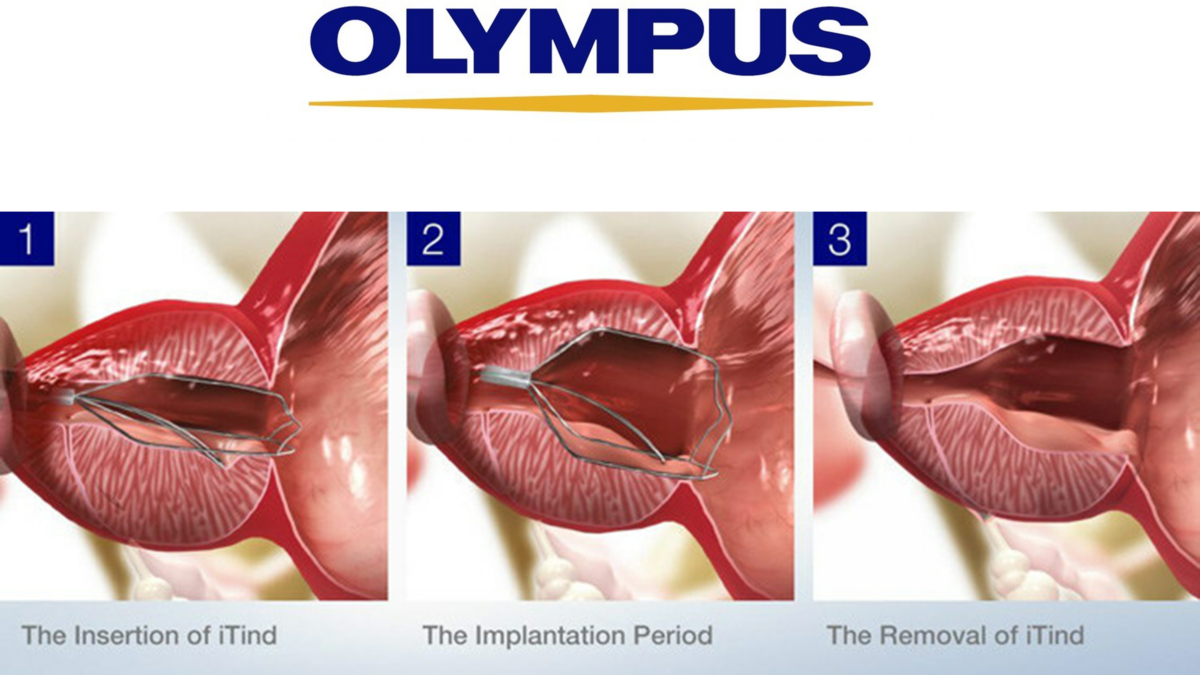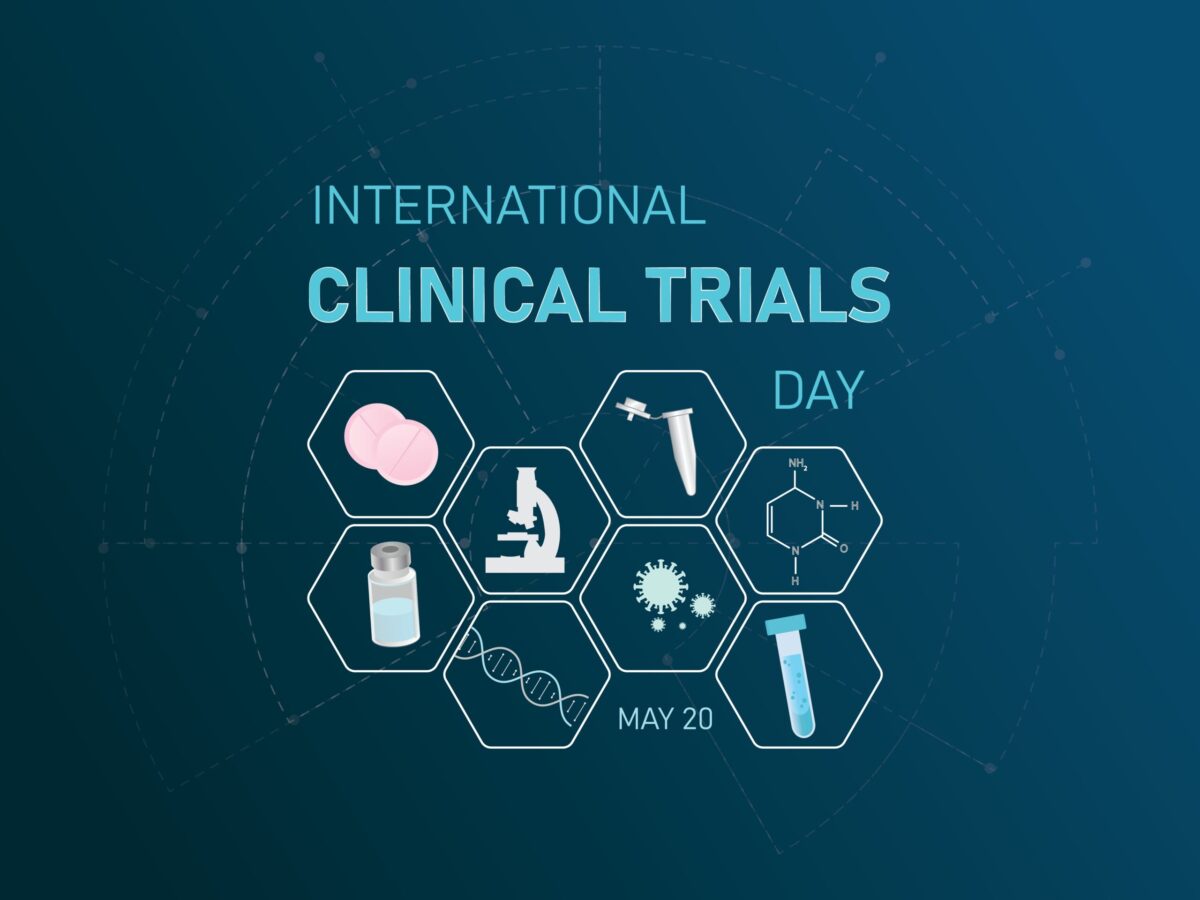Silver has long been known to have antimicrobial properties, however new research has uncovered exactly why the metal is so effective at preventing infections and promoting wound healing. When silver is exposed to moisture, it releases silver ions which are the source of the element’s ability to fight bacteria.
The silver ions prevent infection through a number of pathways. Silver ions are capable of binding to the cell wall of the bacteria preventing nutrients and oxygen from entering the intracellular space. In addition, the silver ions are capable of penetrating the cell and binding to DNA, thereby preventing the bacteria from replicating.
“It’s starved, it can’t breathe, and it can’t replicate, therefore it can’t thrive,” Raul Brizuela, president and CEO of Argentum Medical, told MD+DI.
To take advantage of these properties, Argentum Medical makes Silverlon wound dressings which are impregnated with silver ions. These Silverlon dressings were the subject of two recent studies which sought to compare the effectiveness of these dressings to conventional wound dressings.
The first study was conducted by researchers at the Department of Orthopaedic Surgery at Harvard who published their findings in the Journal of the American Academy of Orthopaedic Surgeons. The found that the use of Silverlon dressings was associated with a 54 percent reduction in both superficial and deep prosthetic joint infections in patients who had undergone joint replacement surgery. Conventional dressings made of Xeroform and gauze were associated with an 8.4 percent incidence of post-surgical infection – 12 of which were considered to be deep prosthetic joint infections – compared to 3.9 percent and no deep infections in the Silverlon dressings group.
The second study involved researchers at the University of South Florida and Tampa General Hospital who published their findings in the Journal of Intensive Care Medicine. They studied infections associated with catheter use and found a 46 percent reduction in these central line-associated bloodstream infections when Silverlon dressings were used over chlorhexidine gluconate-impregnated sponge dressings.
The Tampa General Hospital researchers also found that Silverlon dressings were less expensive than their current choice, representing a savings of up to $1,188,000 in just one year. In all, the study results bode well for the use of Silverlon dressings, which have a permanently-plated metallic silver surface and can be worn by patients for multiple days at a time.












Join or login to leave a comment
JOIN LOGIN